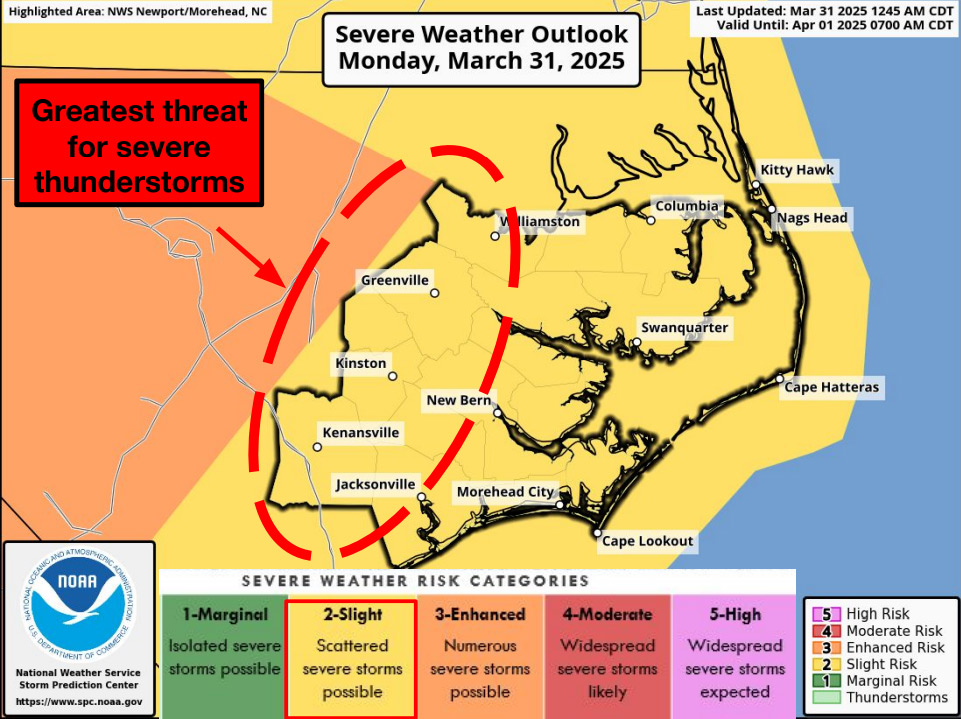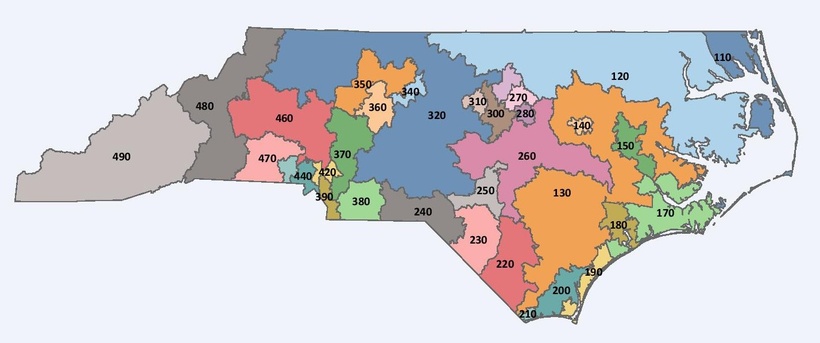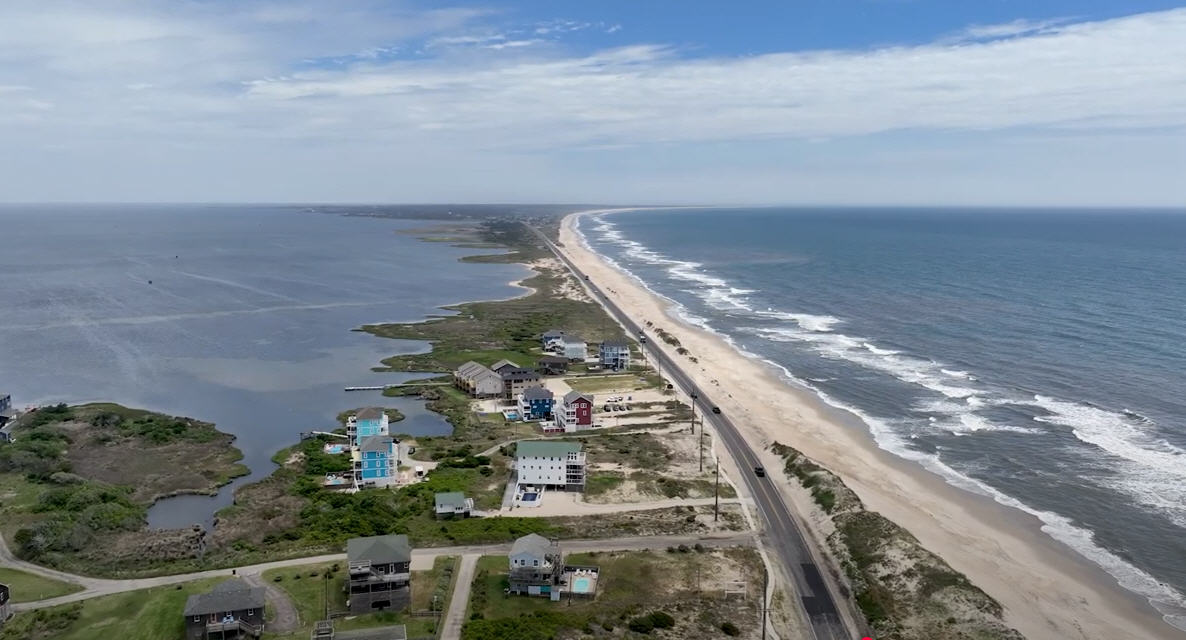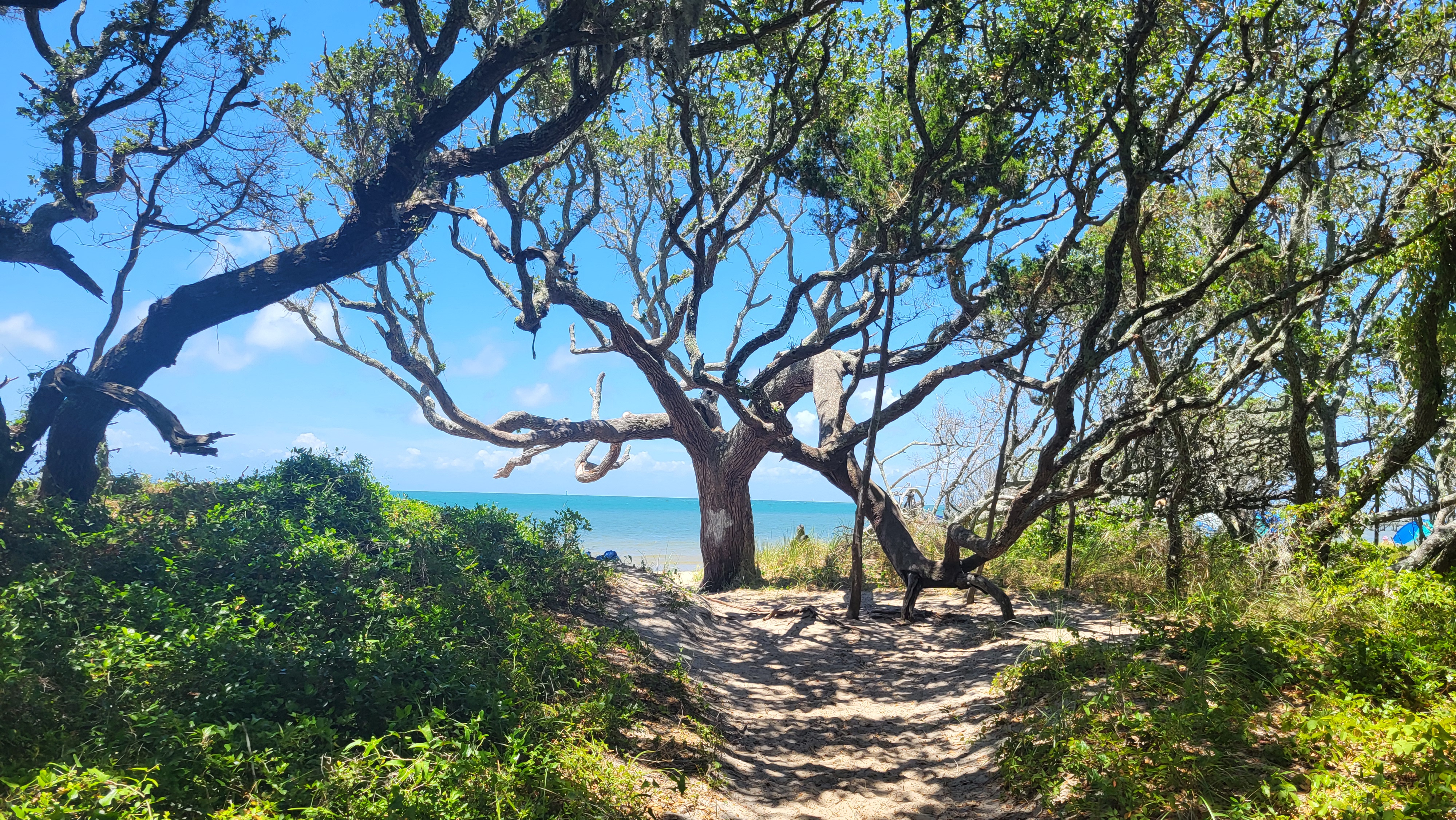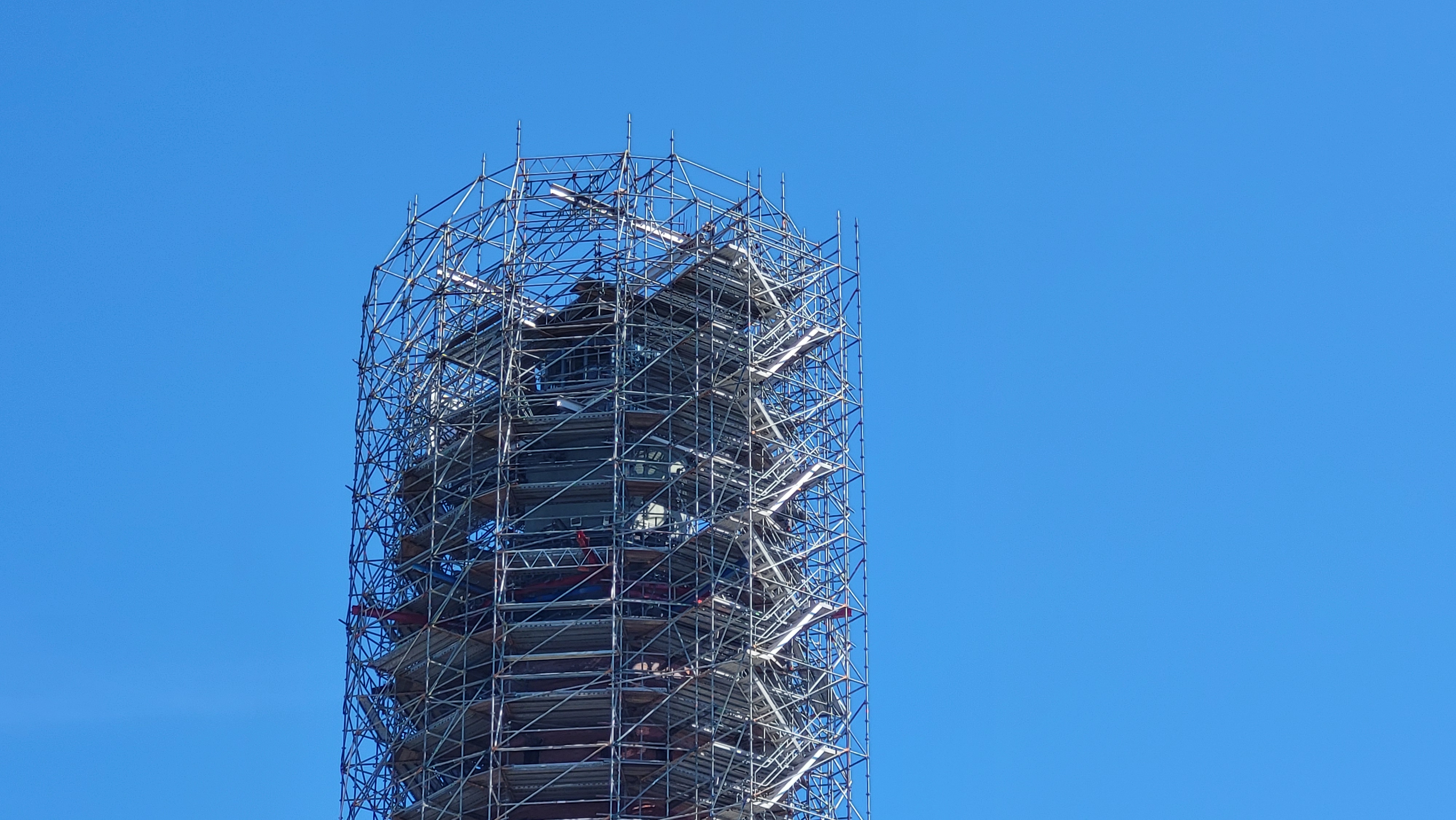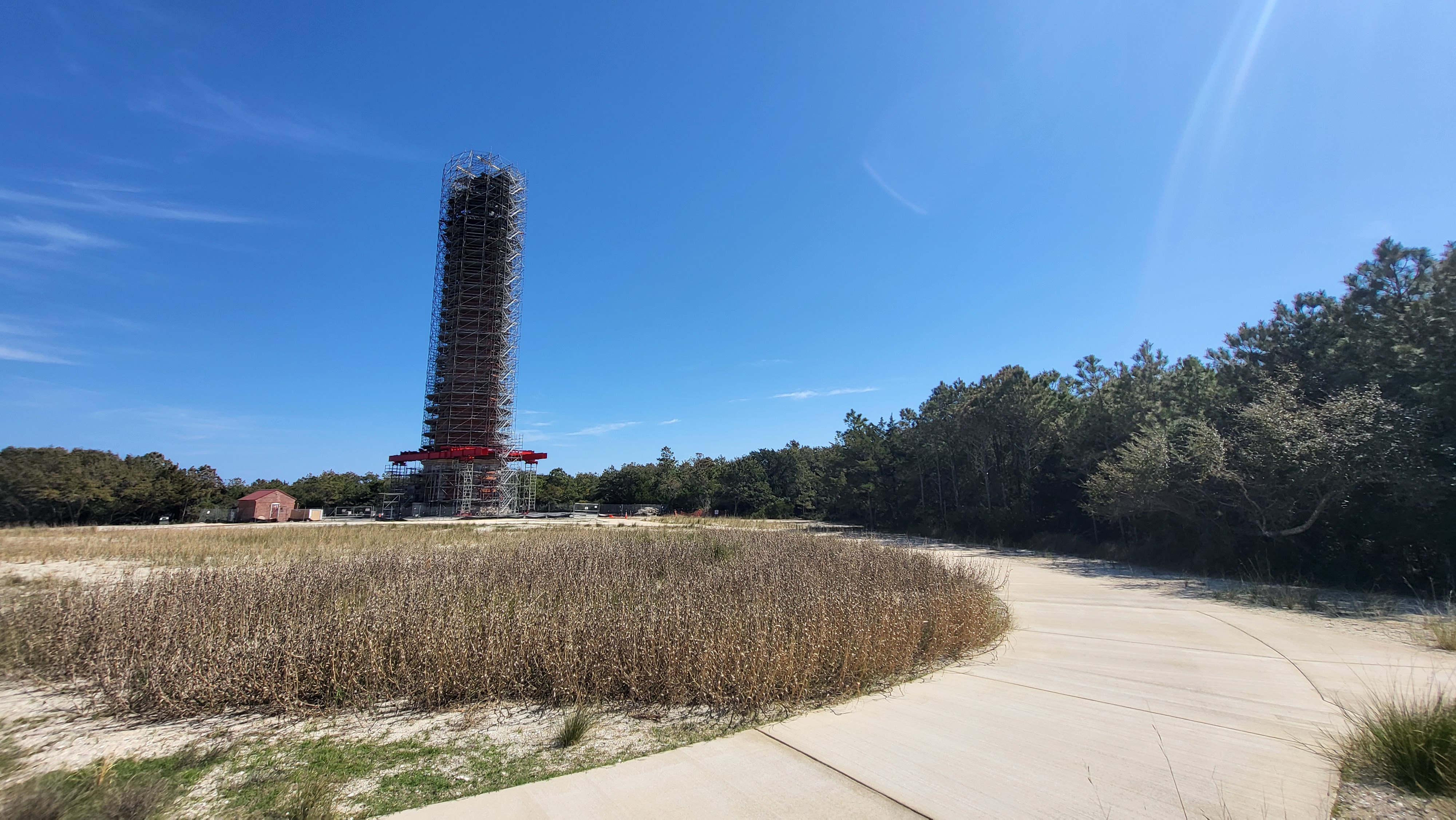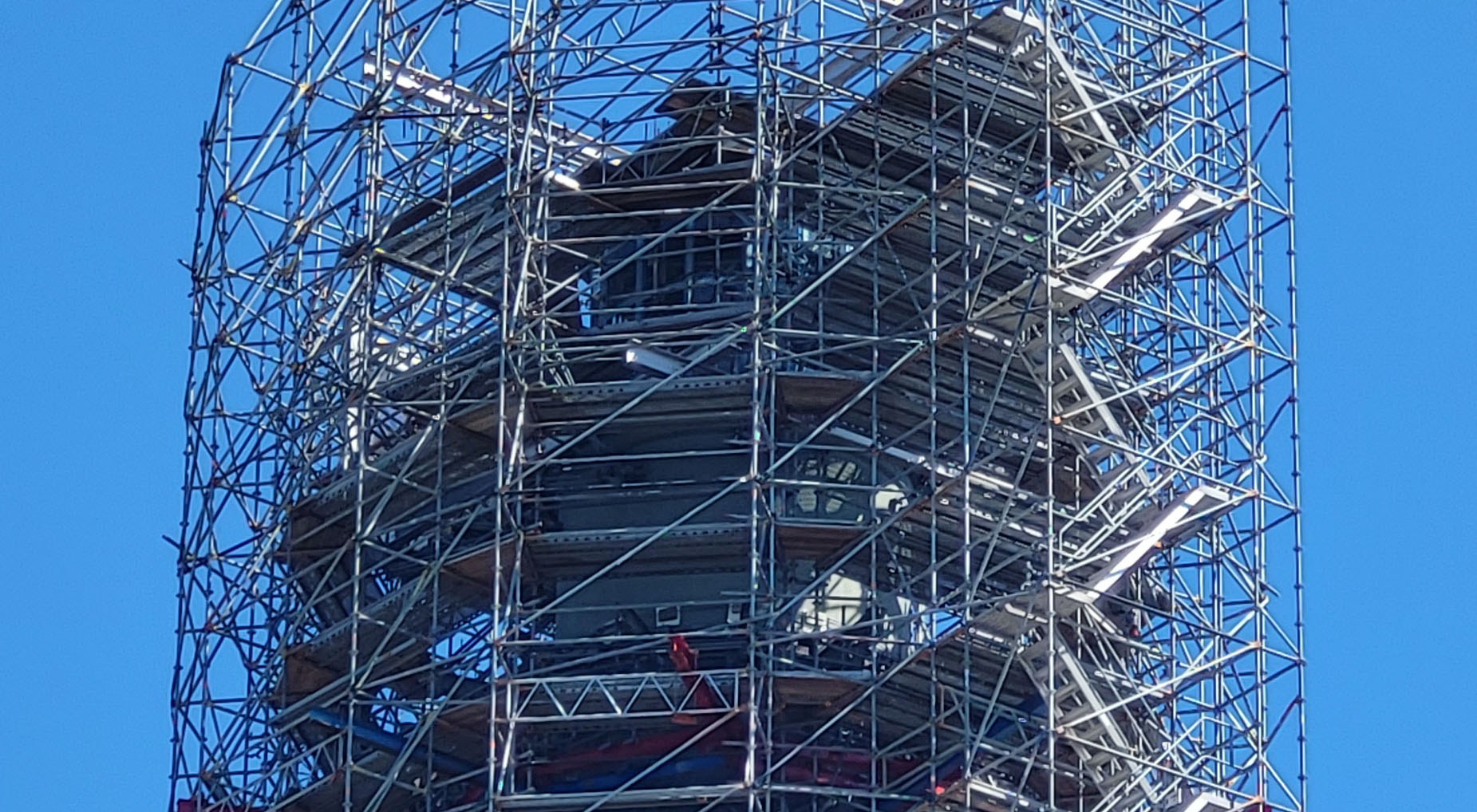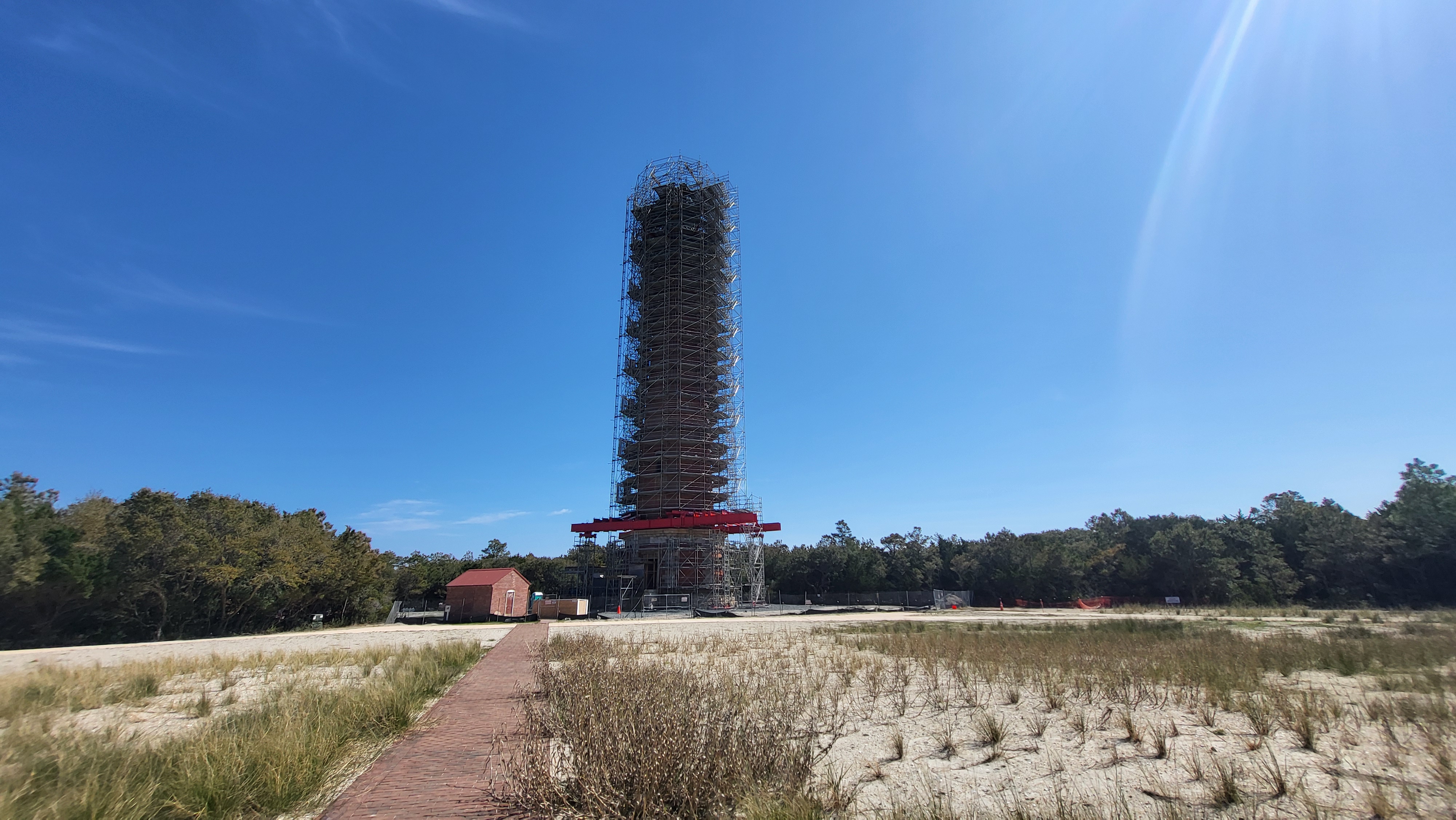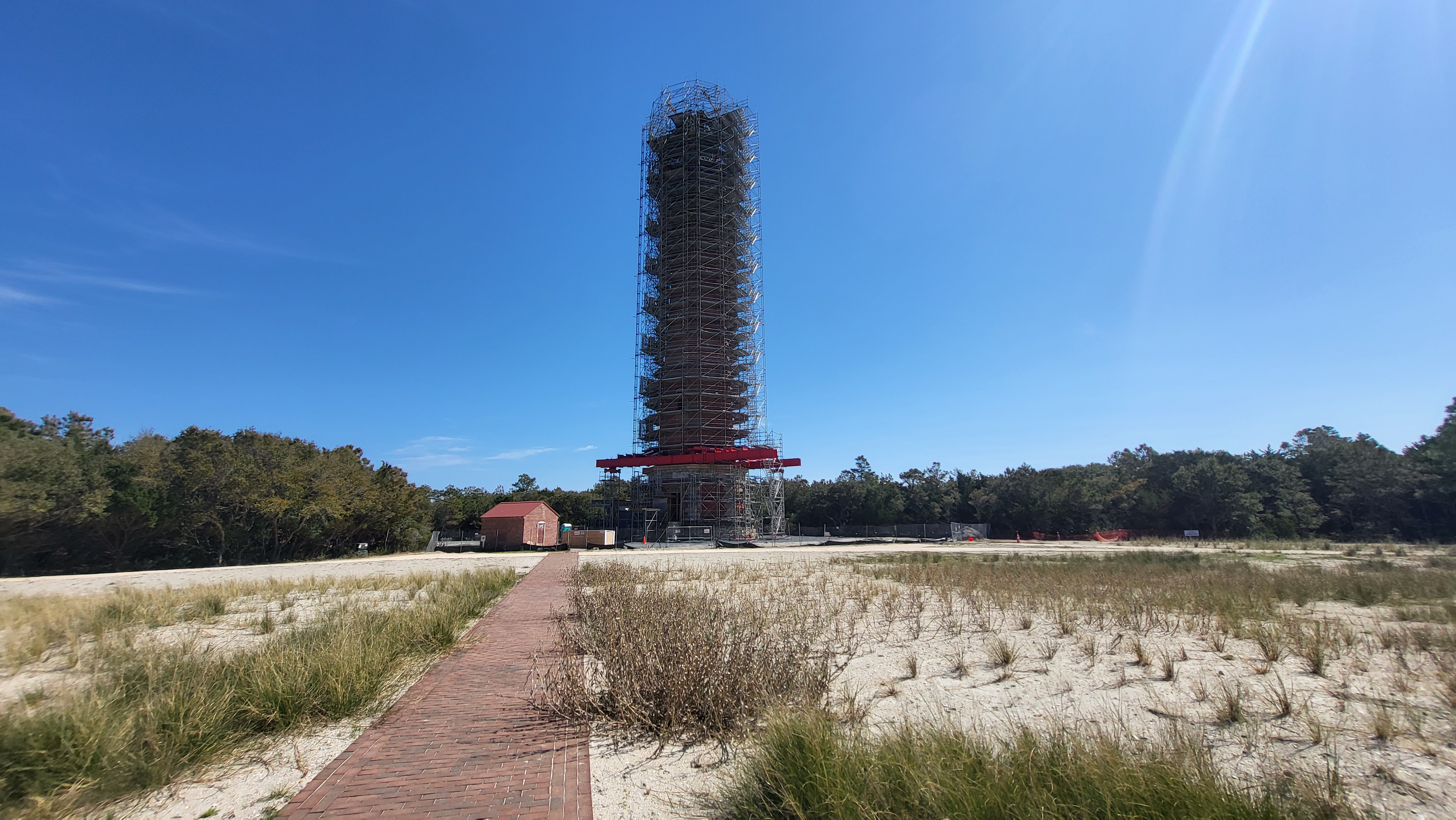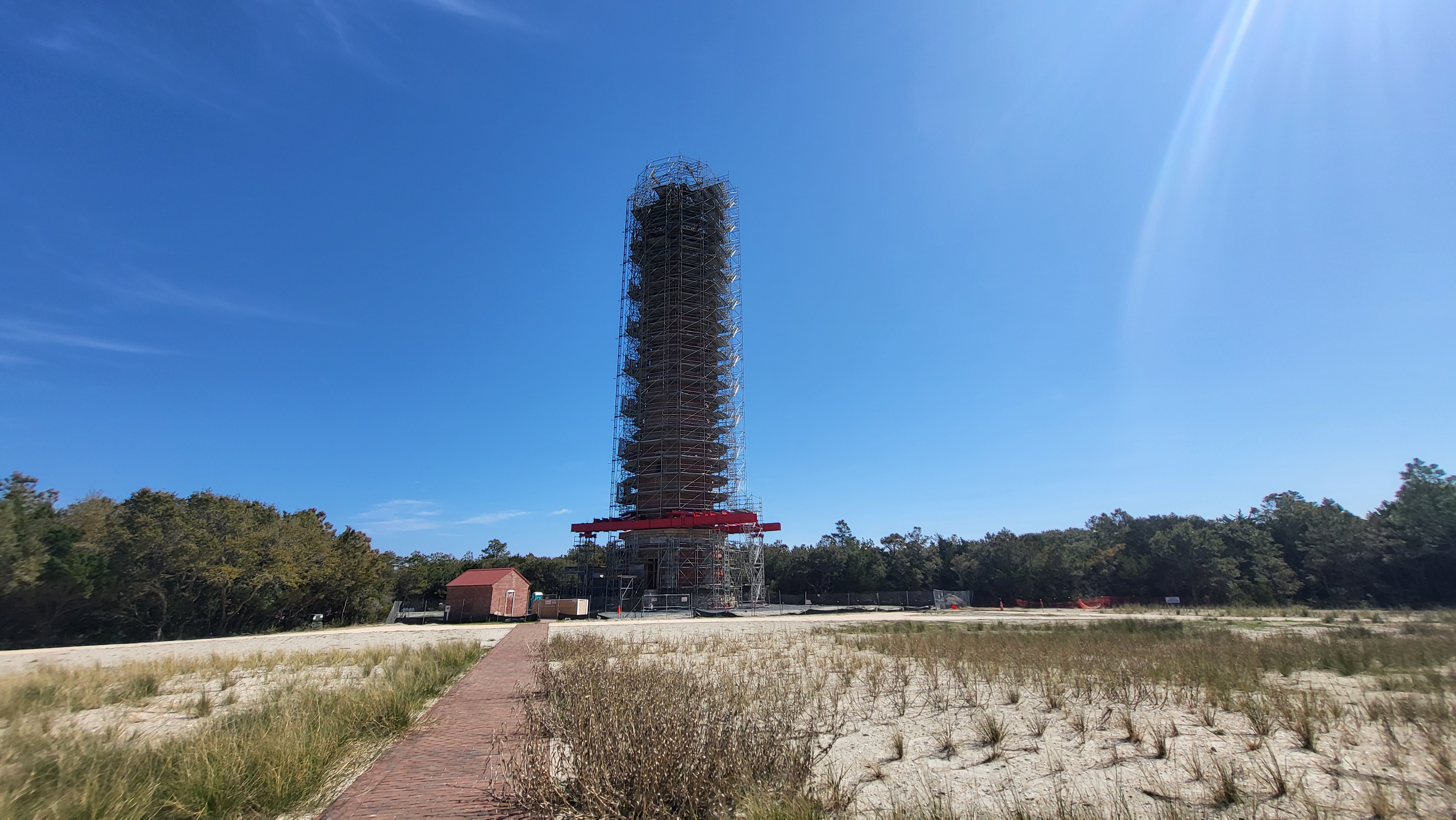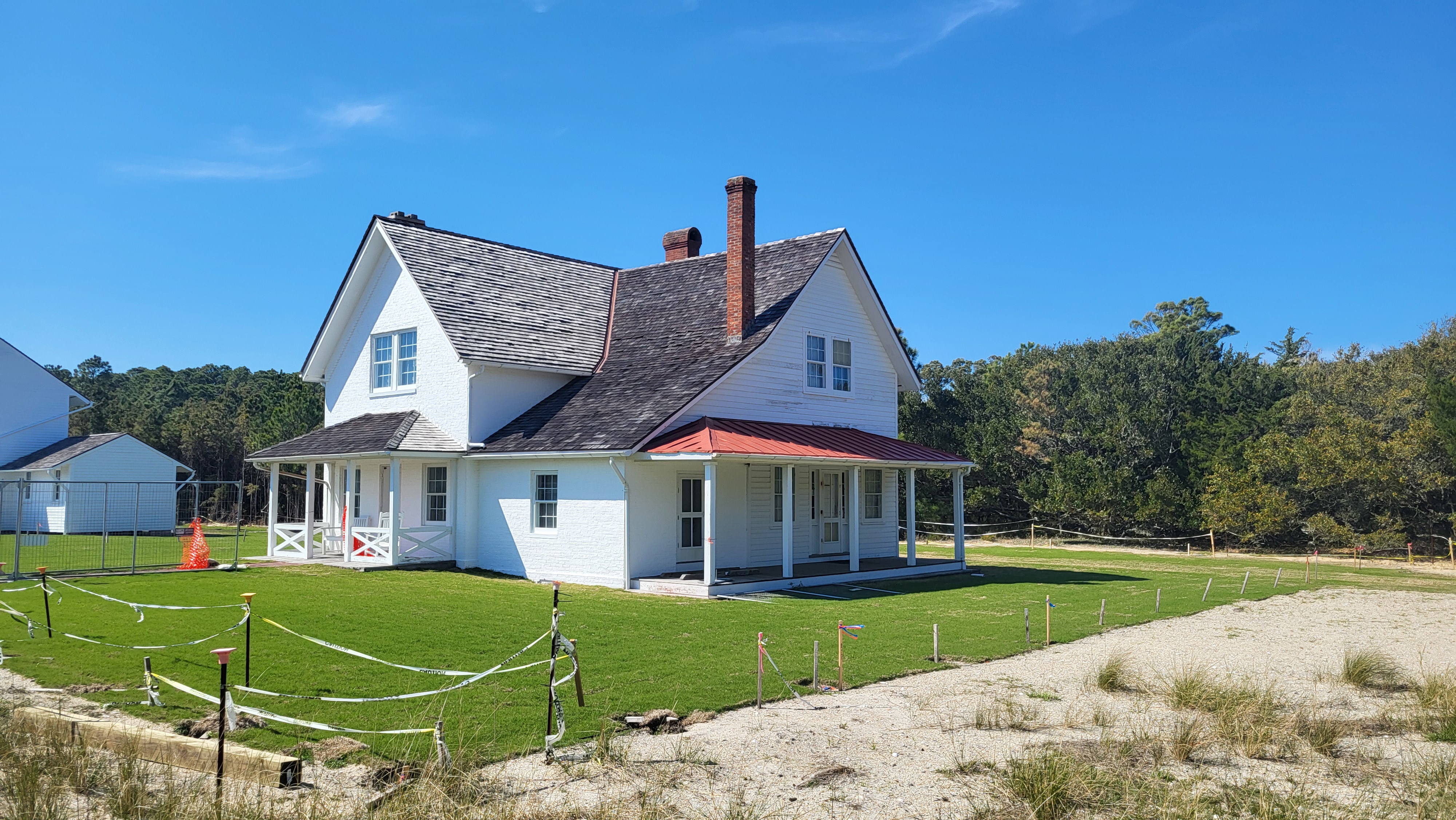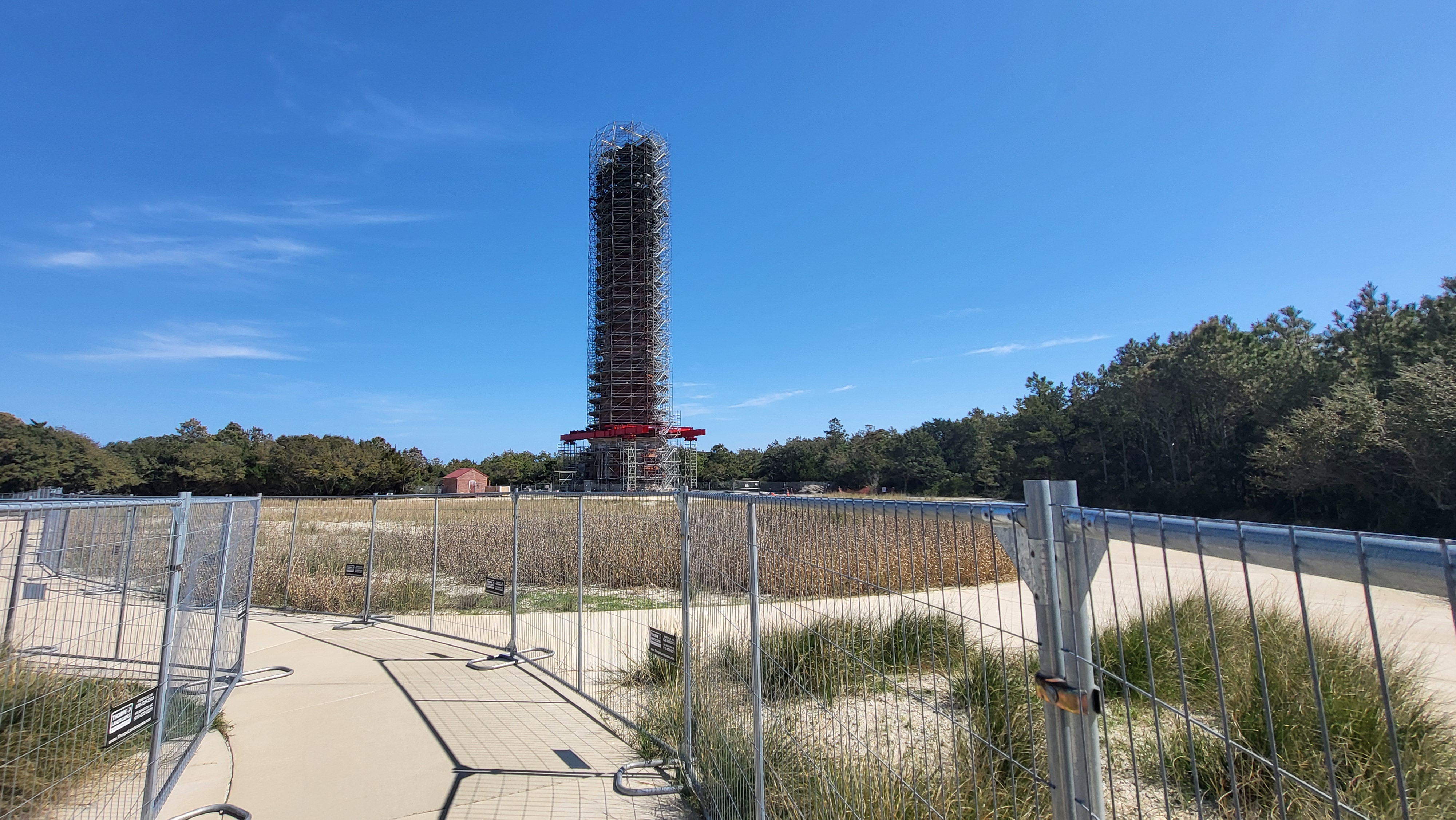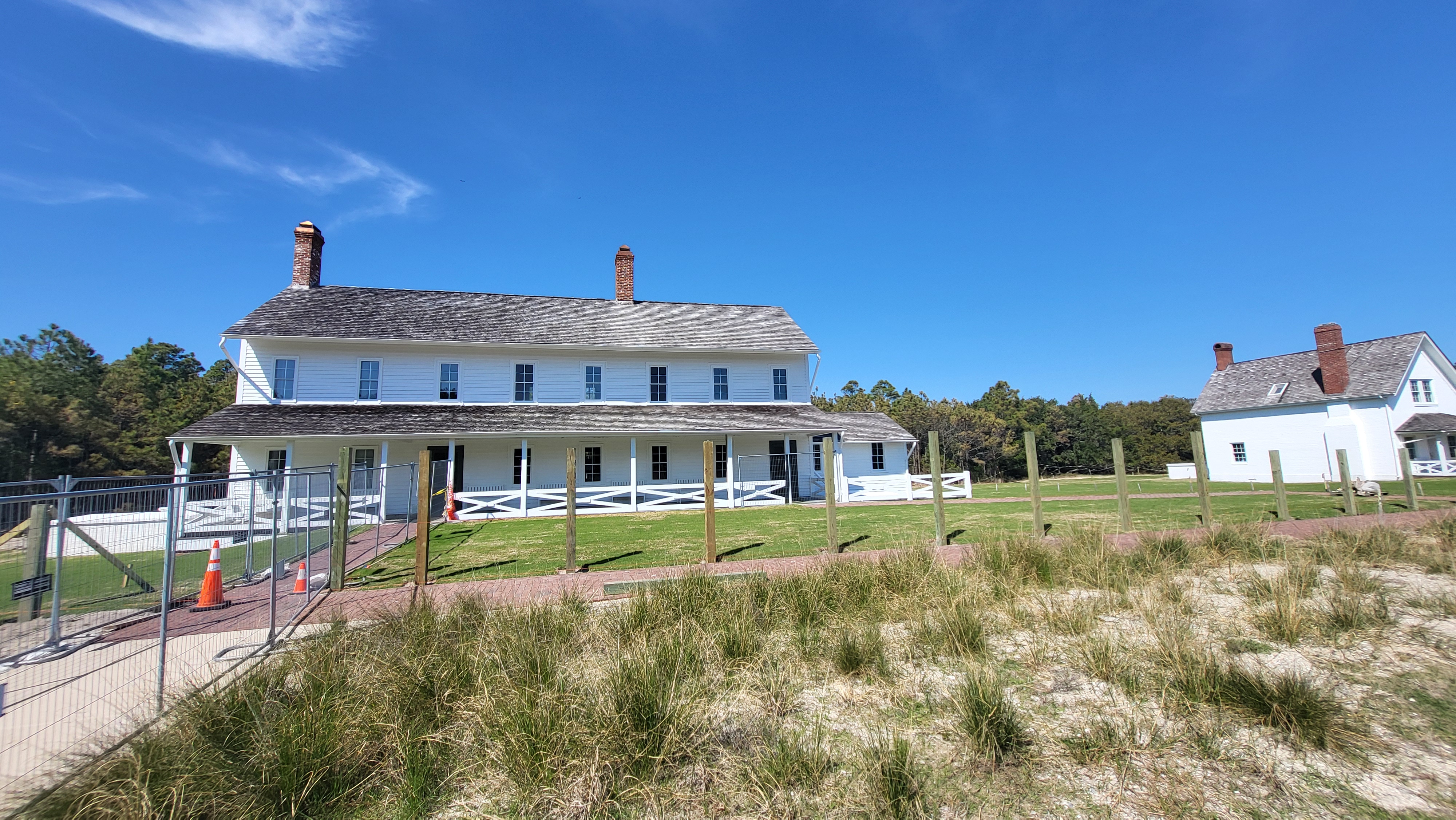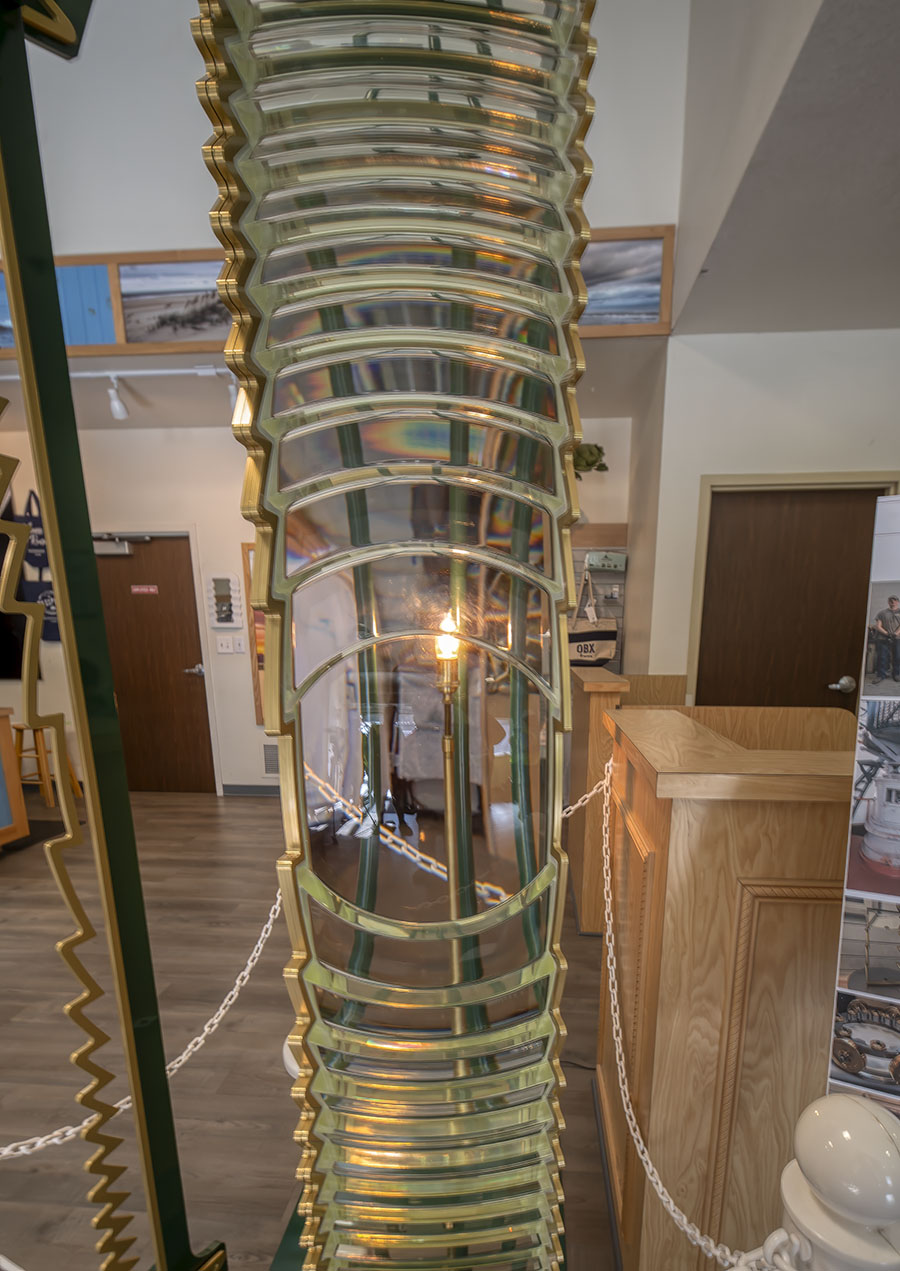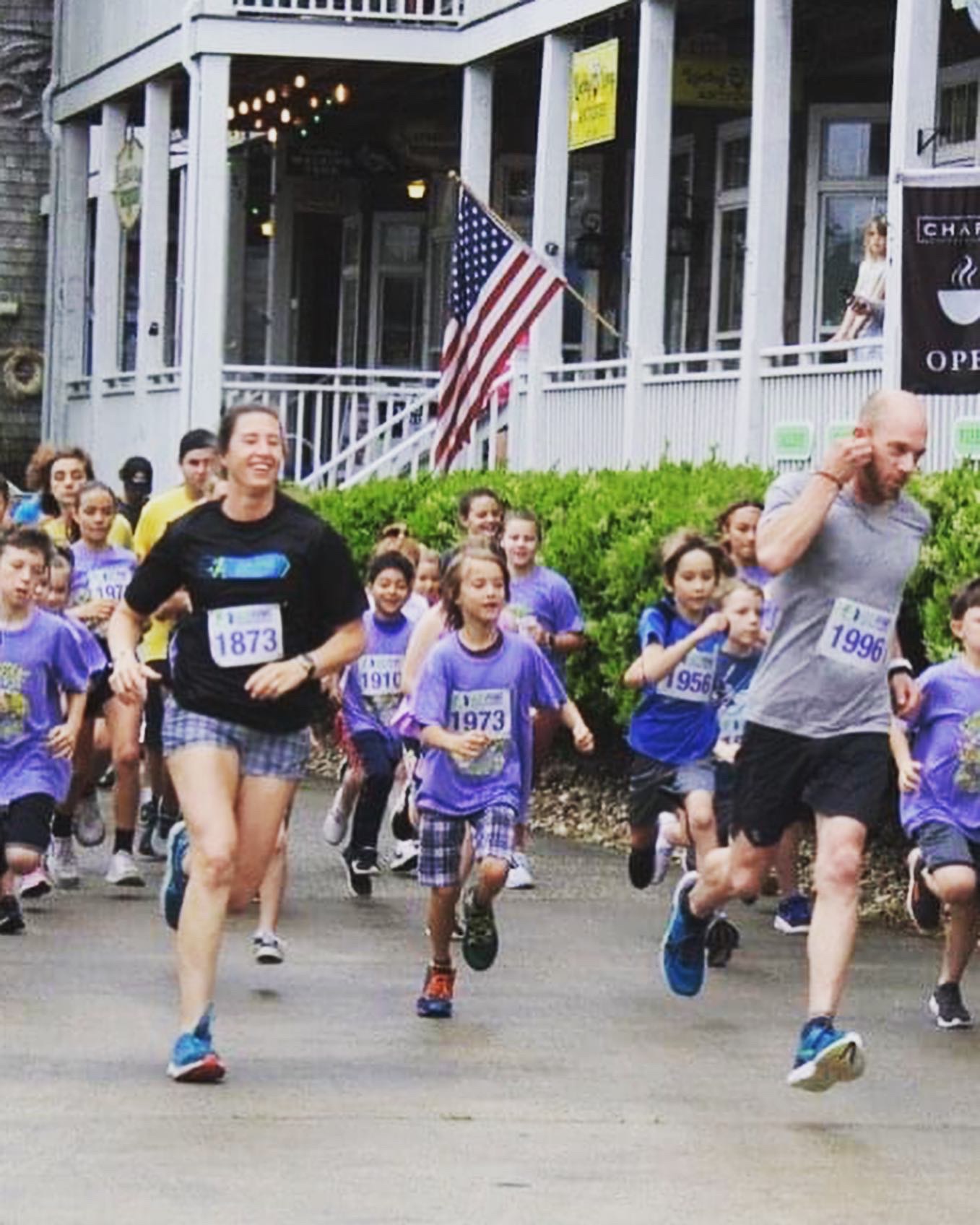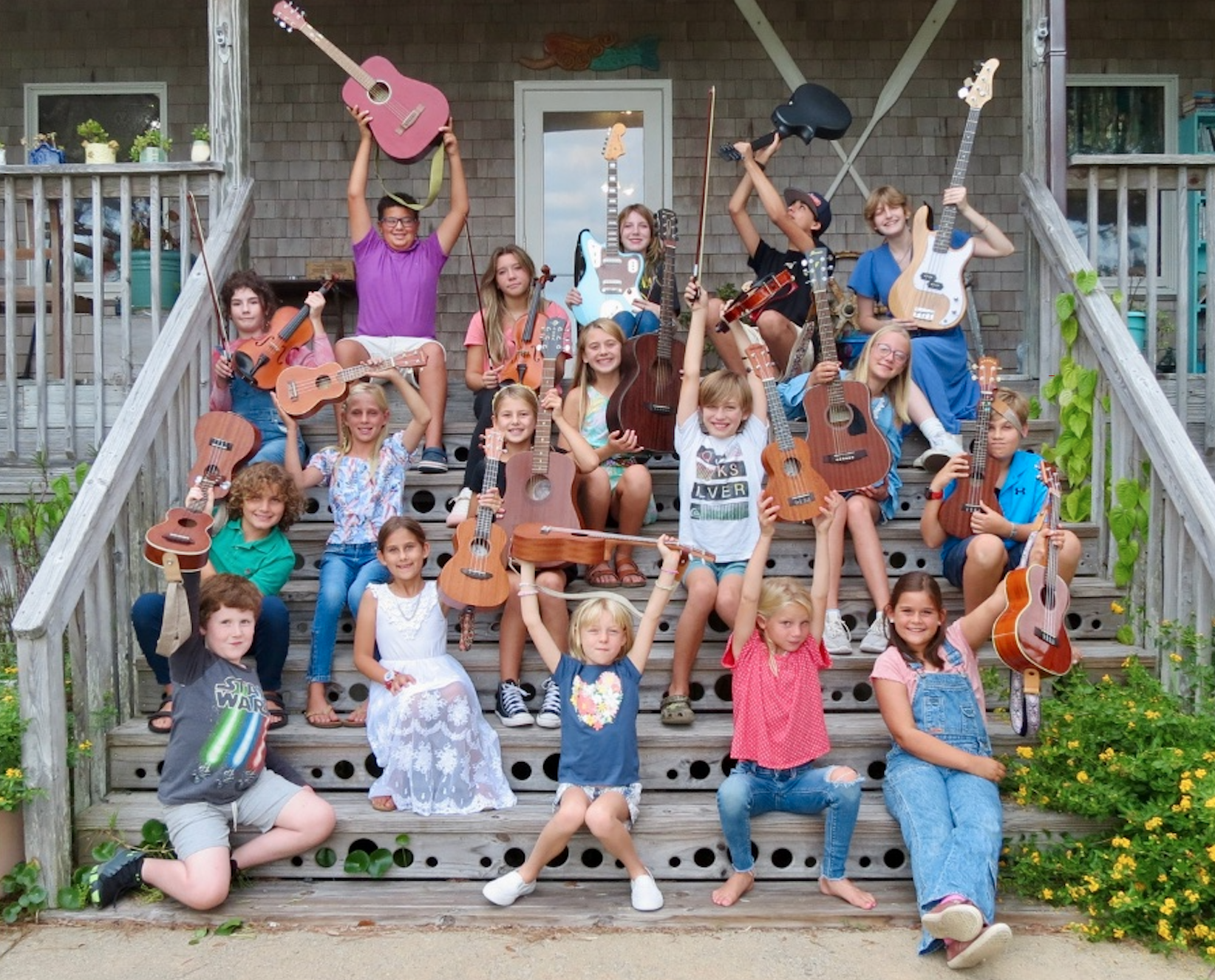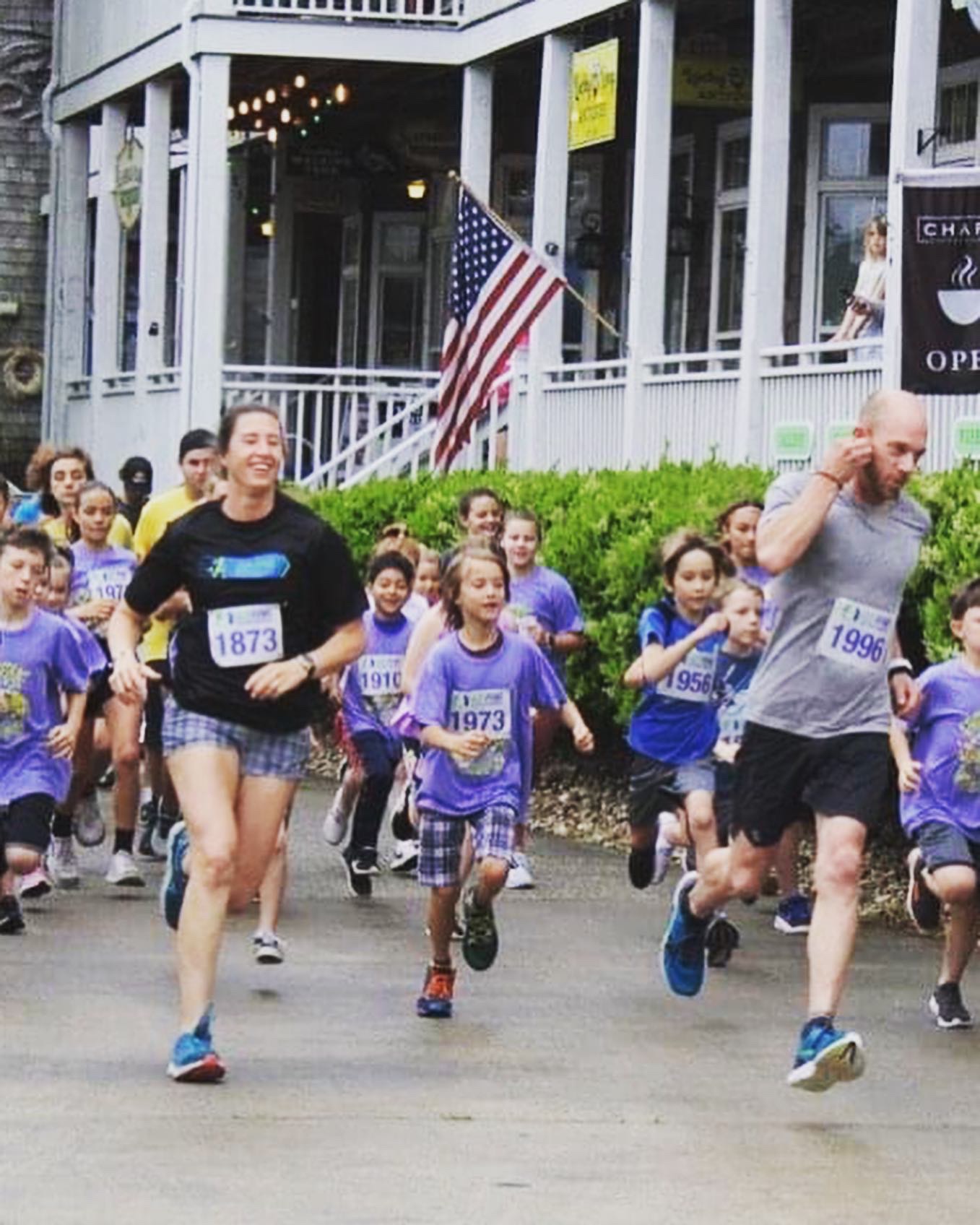Lights Out for Hatteras: The 3rd Annual Starry Nights Event
Hatteras Island is fortunate to have one of the clearest skies in the country, perfect for viewing some of the most amazing wonders of the universe. These world-class nighttime views are not only suitable for stargazing, however, but for encouraging flourishing wildlife populations. Despite having some of the darkest skies on the East Coast, there is still more that can be done to eliminate light pollution in our community. The third annual Starry Nights event not only brought attention to the issue of light pollution, but sought to educate the group which will be left to deal with its effects: children.
Starry Nights, created by Tracy Shisler and Belinda Willis with the idea of attracting tourists in the winter, caters to children and revolves around science and technology. The main events were run by two science educators from the Morehead Planetarium and Science Center in Chapel Hill whose mission specifically for North Carolina is to “engage the public for an improved understanding of science technology, and health.” These educators also visited the Cape Hatteras Elementary School this past week to share their knowledge with 3rd through 5th graders.
The event, which was open to the public, began at 2 p.m. in Hatteras village. The Hatteras fire station housed a mobile planetarium, something like an inflatable sphere, designed to demonstrate various astronomical discoveries. Guided by Nick Eakes, science educator from the Morehead Planetarium and Science Center in Chapel Hill, North Carolina, kids got to see the typical nighttime views of Hatteras from a model sky projected onto the walls of the planetarium. The dark and secluded nature of the planetarium gave the feeling of being in another world.
With the help of Hope Thomson, also an educator with the Science Center, kids got more hands-on in the community center just around the corner. On one table, there were worksheets available to teach kids about light pollution through crossword puzzles, word searches, and coloring pages. Another table housed brain flakes for creating model robots with instruction from Thomson. Still another table was set up where kids could decorate themselves with star headbands and temporary tattoos. Upon completion of all of these activities, kids were given a certificate deeming them Official Junior Astronomers.
A delicious dinner of chili and vegetable soup was served around 5:30 p.m., and afterwards Eakes talked about the Orion StarBlast 4.5 Equatorial Reflector Telescope, which was purchased specifically for the Starry Nights event. Unfortunately, the night skies were too cloudy to see any of the universe’s wonders clearly, so he gave another presentation from inside the mobile planetarium on black holes.
Eakes then explained which constellations could be seen at this time of year if the skies were clear s uch as Orion’s Belt, Taurus the Bull as well as the Pleiades, Night Owl, and Leo the Lion. He also noted that Jupiter, Mars, and Saturn could be seen in a line in the Southeast sky between 4 and 4:30 a.m. and gave helpful hints on how to spot the difference between stars and planets.
The event commenced in the community center with kids experimenting with sphero robots and racing them through a makeshift maze.
Although not too many were able to brave the bad weather to attend the Starry Nights event, the kids that did attend were excited to learn more about astronomy and were inspired to protect our dark skies from light pollution.
Light pollution, also known as anthropogenic light, can be especially detrimental on Hatteras Island as it not only prevents stargazing, but also has negative effects on insects, frogs, plants, birds, sea turtles, and even fish. Perhaps the most threatened by light pollution, however, are sea turtles. These endangered and threatened species often have trouble laying eggs in artificially lit areas. Hatching sea turtles also get confused by artificial light because they instinctively follow the brighter horizon to the ocean.
This threat of light pollution on wildlife is what inspired the National Parks Service’s initiative to make Cape Hatteras National Seashore the first official dark skies park on the East Coast. In fact, they just got funding to change all of the lights in their jurisdiction to be dark skies certified.
Despite the detrimental effects of artificial light, there are many steps that can be taken to avoid damage to wildlife populations. Shining lights only when needed, installing light fixtures which shine down instead of up or at least emit less light, and installing light bulbs that emit warm light or have been deemed energy efficient are all ways to abate the problem of light pollution.
International Dark Sky Week, which begins April 15, is the International Dark Sky Association’s 30-year long tradition of advocating for a check on anthropogenic light. The tradition began when a high school student named Jennifer Barlow noticed the effects of artificial outdoor lighting on wildlife and was inspired to “help preserve [the universe’s] wonder.” Barlow’s passion for dark skies showcases the incredible capability of kids to make a great change with just a little education.
Therefore, the annual Starry Nights event is the first step to educating our children in hopes of keeping our skies dark for future generations.



